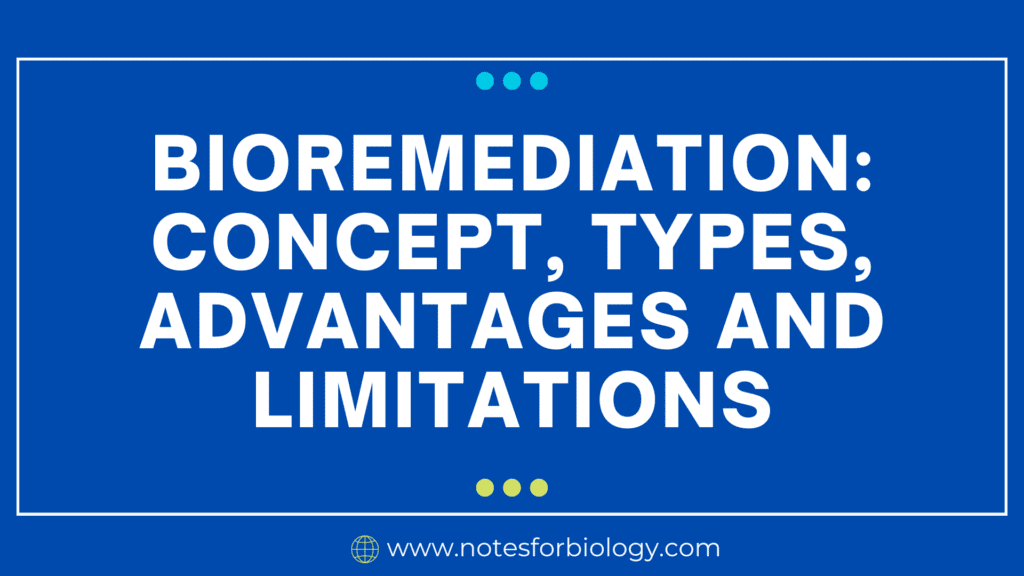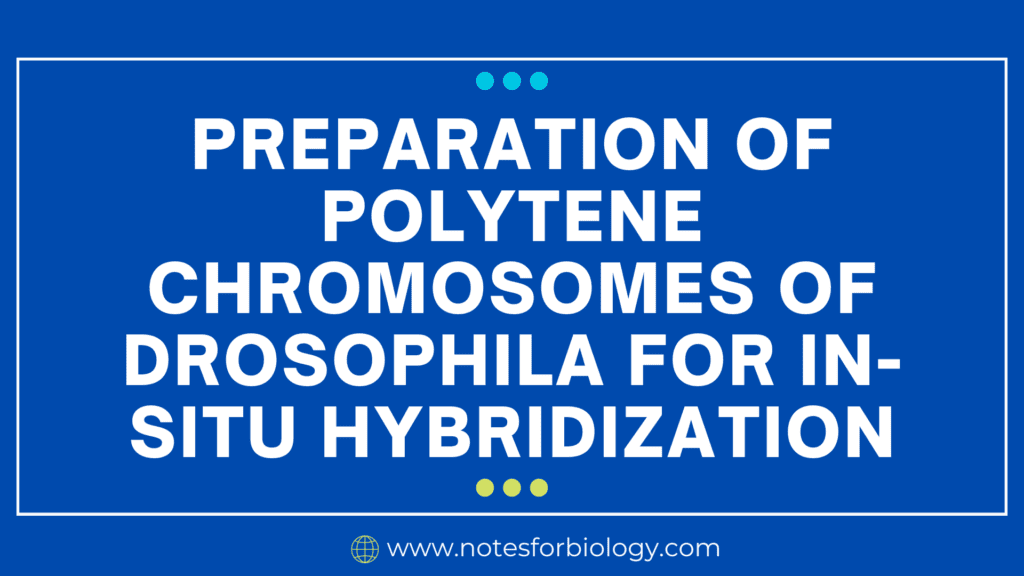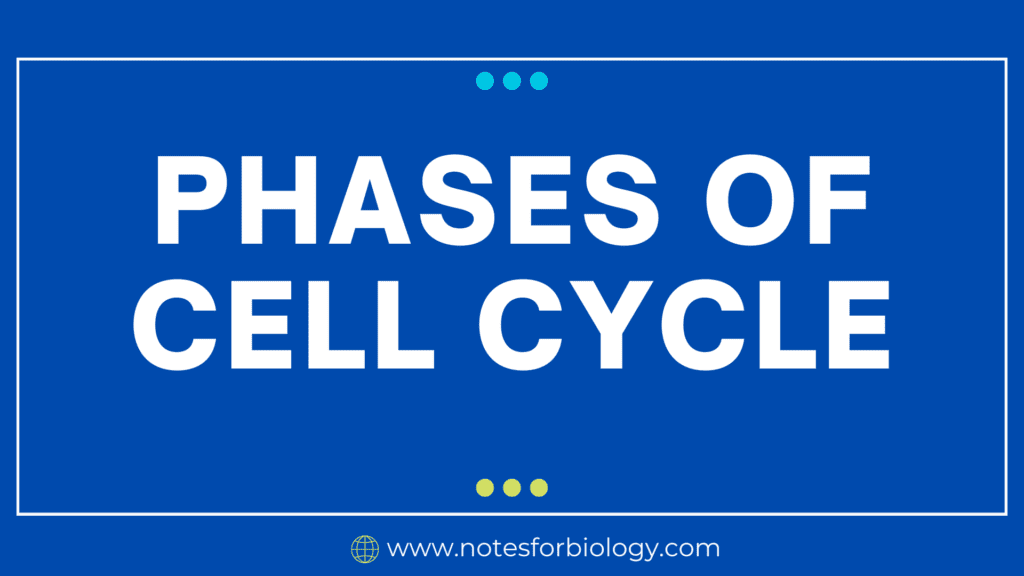Biosensors: Components, Working principle and Types
What do you mean by Biosensors? Biosensors are a fast-growing field that have the potential to completely change a lot of elements of our life. Numerous opportunities for enhancing healthcare, environmental monitoring, and other areas are presented by their capacity to identify and quantify biological occurrences in real-time. Imagine a tiny device, capable of sensing […]
Biosensors: Components, Working principle and Types Read More »










